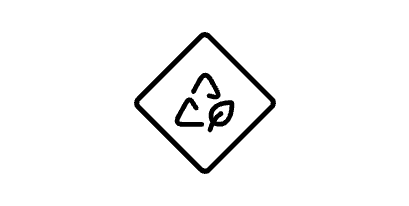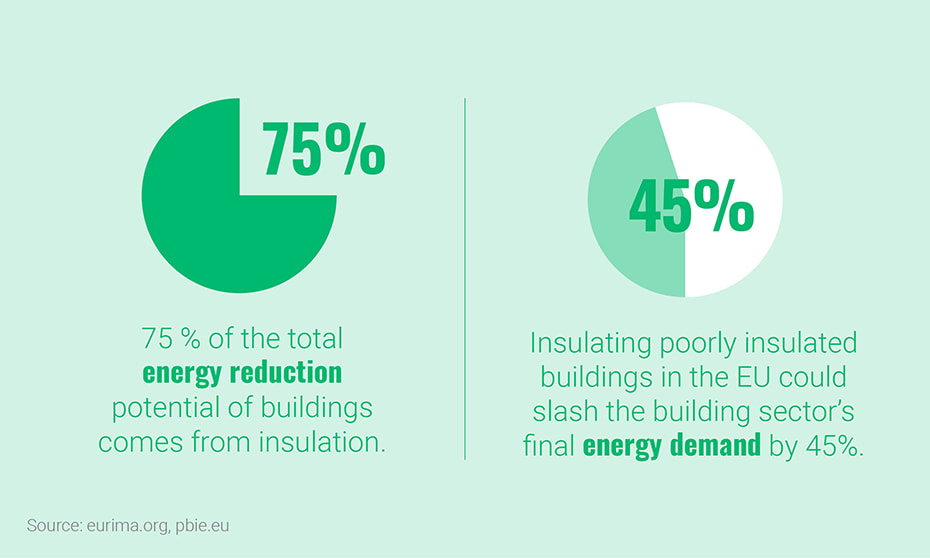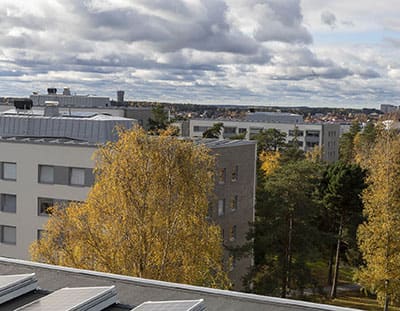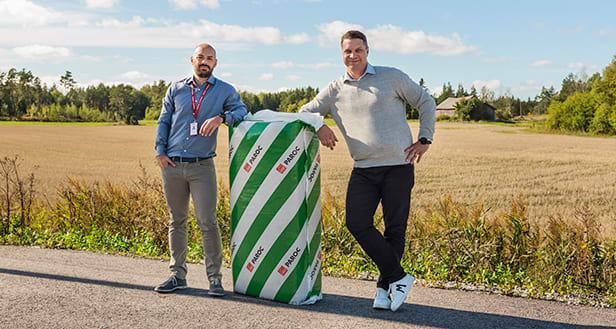Insulation improves energy efficiency
Insulation improves energy efficiency
In the EU, buildings consume approximately 40% of all energy. The question is: how could we reduce our energy consumption? The simple answer: by improving the energy efficiency of buildings with better insulation, as this has the potential to reduce the energy needed for heating and cooling, and free up energy for the rest of society.












